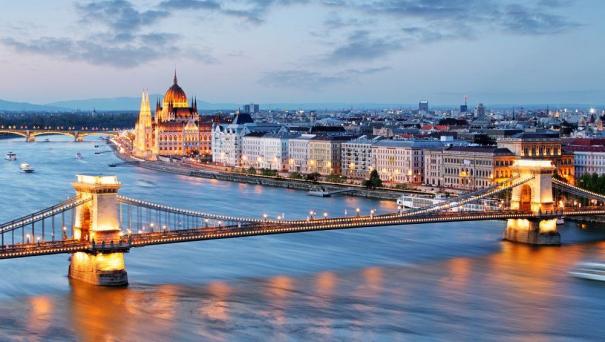About Budapest
Budapest, Hungary’s capital, is bisected by the River Danube, and the 19th-century Chain Bridge connects its hilly Buda district with flat Pest. A funicular runs up Castle Hill to Buda’s Old Town, where the Budapest History Museum traces life from Roman times onwards. Trinity Square is home to 13th-century Matthias Church and the turrets of the Fishermen’s Bastion, which offer sweeping views. The population of Budapest is 1.731 million (2011) The history of Budapest began with Aquincum, originally a Celtic settlement. Cited as one of the most beautiful cities in Europe, Budapest's extensive World Heritage Site includes the banks of the Danube, the Buda Castle Quarter, Andrássy Avenue, Heroes' Square and the Millennium Underground Railway, the second-oldest metro line in the world. It has around 80 geothermal springs, the world's largest thermal water cave system, second largest synagogue, and third largest Parliament building. The city attracts about 4.4 million tourists a year. Budapest is packed with museums and galleries, and there are plenty of temporary exhibitions in the most unlikely of settings, particularly in summer. The city glories in 113 museums and galleries, which presents several memories, not only the Hungarian historical, art and science ones, but also the memories of universal and European culture and science.
